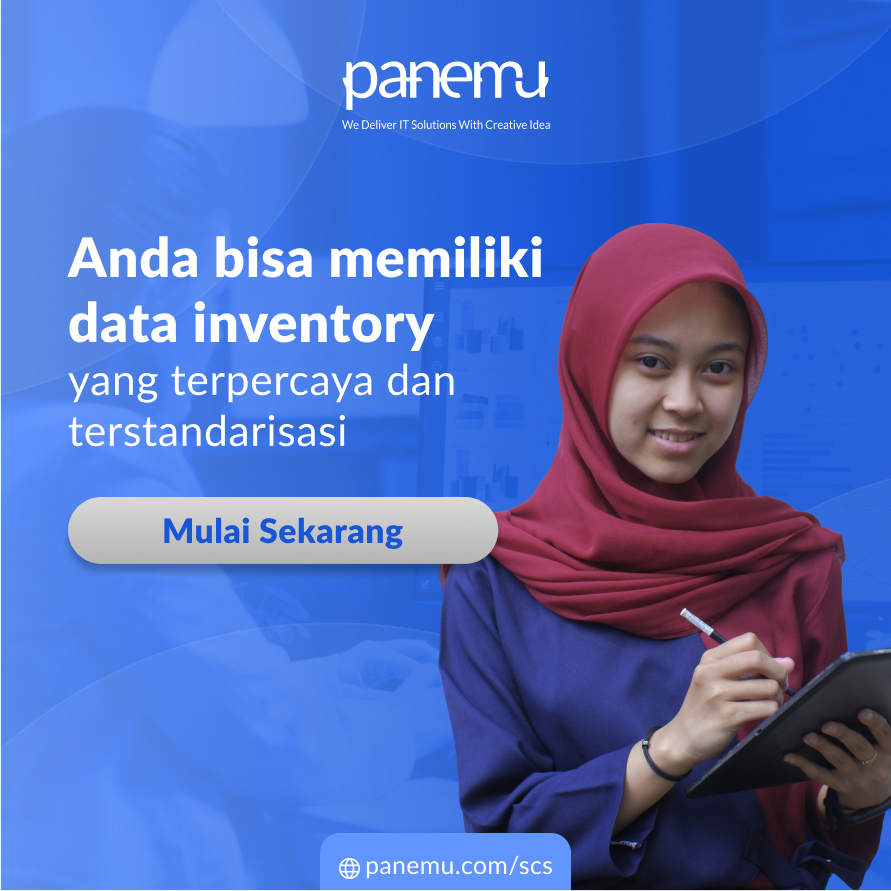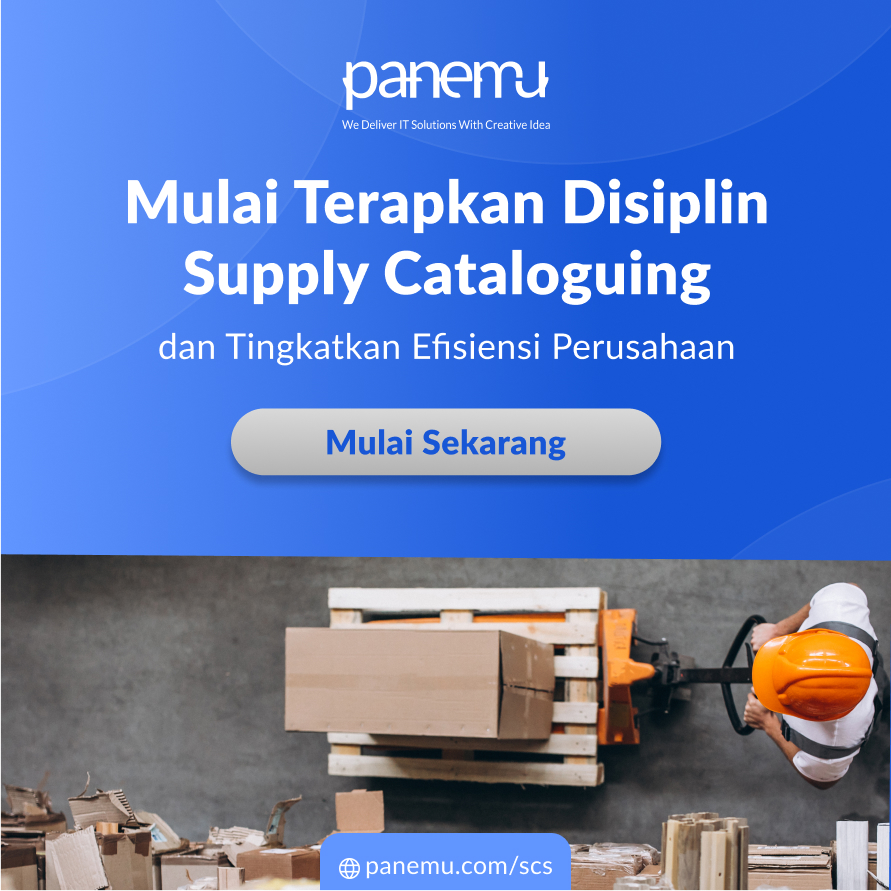In the complex realm of industrial operations, few things are as deceptively underestimated yet critically indispensable as the act of cataloguing. Imagine a scenario where a technician urgently requires a specific part to repair a malfunctioning unit, but no one knows where that part is located or even what it’s officially called in the system. This is not an uncommon occurrence in maintenance, repair, and operations (MRO) environments. And the underlying cause is usually a poorly structured, disorganised or even non-existent cataloguing system.
Cataloguing is the heartbeat of effective MRO management. It is not merely about listing items; it is about crafting a system of logic and clarity, allowing organisations to operate at peak efficiency. In this article, we will explore cataloguing in depth, illustrating how it underpins MRO activities and why it should be a top priority for professionals and educators in industrial and educational sectors alike. Our journey will not only define what cataloguing entails but will also delve into how it functions in real-world applications, drawing clear, digestible examples that bridge theory and practice.
What is Cataloguing in the Context of MRO?
Cataloguing is the systematic process of creating, managing, and organising data related to products or materials. In MRO, this means ensuring that every item, whether a bolt or a bearing, is clearly identified, properly classified, and can be swiftly accessed when needed.
Key Components of a Robust Cataloguing System
- Item Identification
Every item must have a unique identifier. This might be a part number, SKU, or internal code. A good identifier prevents duplication and confusion.
For instance, consider an industrial facility with three different types of lubricants used for different machines. If they are all labelled "Lubricant A," it becomes almost impossible to determine which one to use. Clear item IDs like LUB-MCH1-001, LUB-MCH2-002, and LUB-MCH3-003 provide instant clarity. - Standardised Naming Conventions
A consistent naming method ensures that similar items are described similarly, making searches intuitive and systematic. Standardisation follows predefined rules which can be aligned with international standards like UNSPSC or eCl@ss.
For example, using "Bolt, Hex Head, Steel" across the board prevents variations like "Hex Bolt Steel" or "Steel Bolt - Hex," which can fracture your data system. - Comprehensive Descriptions
Descriptions are more than just labels. They provide relevant technical specifications, dimensions, materials, compatibility notes, and other critical details.
A well-formed description such as "Washer, Flat, M10, Stainless Steel, ISO 7089" eliminates ambiguity and ensures the right part is picked every time. - Category Structuring
Items should be grouped into logical categories and subcategories. This supports easier browsing and aligns with procurement and inventory planning.
For instance, a structure might begin with "Mechanical Components" > "Fasteners" > "Nuts" > "Lock Nuts." - Data Governance and Quality Control
Regular auditing and governance ensure that data stays accurate and up-to-date. Without this, a catalogue becomes a liability rather than an asset.
Imagine a facility using outdated part specifications. It could lead to machine failures, downtime, and safety risks — all preventable with proper data control. - Integration with Digital Systems
Cataloguing should seamlessly connect with Enterprise Resource Planning (ERP), Computerised Maintenance Management Systems (CMMS), and e-Procurement platforms.
When integrated, a technician can scan a QR code, pull up part specs, check availability, and reorder within seconds.
Functional Examples of Cataloguing in Action
- Warehouse Inventory Management
A facility with 10,000 SKUs uses a digitised catalogue. Items are stored in bins linked to their catalogue ID. When a technician inputs the ID into the CMMS, the system shows its location, quantity, and compatibility. Downtime reduces, efficiency rises. - Procurement Processes
Instead of multiple departments ordering the same part under different names, a unified catalogue standardises descriptions. This allows procurement officers to consolidate orders, negotiate better pricing, and avoid redundant stock. - Maintenance Task Efficiency
During scheduled maintenance, engineers access a BOM (Bill of Materials) linked to catalogue entries. They can pre-check part availability and arrange timely delivery. Tasks proceed without delays. - Safety and Compliance
With catalogued MSDS (Material Safety Data Sheets) linked to chemical entries, compliance checks become a breeze. No scrambling for documentation, no non-compliance fines. - Vendor Management
Vendors are linked to item categories, and performance metrics are logged per item. Poor-performing vendors are quickly identified, and high-performers are prioritised. - Training and Onboarding
New staff members understand parts and processes faster through a visual, intuitive catalogue. This reduces the learning curve and accelerates productivity.
The Educational Perspective: Why Educators Should Teach Cataloguing
Educators in technical and vocational fields must not overlook cataloguing. Teaching students how to build and use a catalogue bridges the gap between theory and practice, preparing them for real-world challenges.
- Fosters Organisational Thinking
Cataloguing sharpens logical structuring skills. Students learn to create order from complexity. - Prepares for Digital Industry Standards
Modern cataloguing ties directly to ERP and CMMS platforms. Familiarity with this concept arms students with industry-relevant digital competencies. - Improves Communication Precision
Learning standardisation teaches students the value of precise terminology — a cornerstone of effective communication. - Supports Career Versatility
Whether in logistics, engineering, procurement, or IT, cataloguing skills are transferable and highly valued. - Encourages Quality Mindset
Understanding data governance instils an ethic of accuracy and accountability.
Common Pitfalls in MRO Cataloguing
- Overcomplicated Classification Systems
Too many layers confuse rather than clarify. The goal is to guide users, not overwhelm them. - Inconsistent Data Entry
Variations in data input (e.g., "mm" vs. "millimetres") create search and filtering issues. - Lack of Ownership
When no one is responsible for catalogue maintenance, quality deteriorates. A dedicated data steward is essential. - Neglecting User Training
Tools are only as good as their users. Catalogue systems should be complemented with clear user guides and training. - Failure to Update Regularly
Static catalogues grow stale. New parts, obsolete materials, and evolving standards require ongoing attention.
The Strategic Benefits of Effective Cataloguing
- Reduced Downtime
Accurate item retrieval means faster maintenance responses. - Cost Optimisation
Standardised items reduce duplication and improve bulk buying. - Streamlined Procurement
Procurement professionals can work faster with more reliable data. - Improved Safety and Compliance
Accessible data supports better safety documentation and audits. - Enhanced Productivity
Workers spend less time searching and more time doing. - Better Forecasting and Planning
With reliable usage data, inventory levels can be forecast more accurately. - Vendor Performance Analysis
Linked data allows for analytical insights into supplier performance over time. - Scalability and Growth
A solid data foundation supports expansion without data chaos.
Best Practices for Implementing Cataloguing in MRO
- Start with a Clear Objective
Define what your catalogue needs to achieve — better procurement? Faster repairs? Fewer duplicates? - Engage Stakeholders Early
Involve maintenance teams, procurement officers, warehouse staff, and IT. - Choose the Right Tools
Select platforms that integrate with your existing systems and allow flexibility. - Use International Standards
Adopt UNSPSC, eCl@ss, or ISO classifications where applicable. - Train Continuously
Make training a recurring initiative. Include it in onboarding and professional development. - Maintain and Audit Regularly
Conduct routine reviews and keep documentation up to date. - Document Processes
Clearly define how new items are added, who approves changes, and how errors are corrected. - Measure and Improve
Track KPIs like retrieval time, inventory accuracy, and procurement cycle time to continuously refine your system.
The Future of Cataloguing
With the rise of AI, IoT, and digital twins, cataloguing is evolving. Smart systems will soon auto-classify items, suggest alternatives, and even predict part failures based on usage patterns. Staying ahead means embracing cataloguing not as a back-office task but as a strategic pillar.
In conclusion, cataloguing in the context of MRO is far more than administrative housekeeping. It is a strategic enabler, one that cuts across departments, disciplines, and digital systems. By understanding its structure, adopting best practices, and continuously evolving with technology, organisations can transform a simple inventory into a powerful asset that drives performance, safety, and growth.
For institutions, educators, and professionals looking to truly master cataloguing, the journey begins with awareness and commitment. Don’t let data disorganisation hold your operations hostage. Invest in structured cataloguing and witness the ripple effects across your enterprise.
To take the next step in implementing or upgrading your organisation's cataloguing capabilities, we highly recommend exploring the Panemu Cataloguing Service. Panemu offers end-to-end cataloguing solutions tailored for MRO needs — from data cleansing to digital structuring — ensuring your organisation can locate, retrieve, and manage material information with unprecedented ease. Precision starts here. Partner with Panemu, and make every part count.

